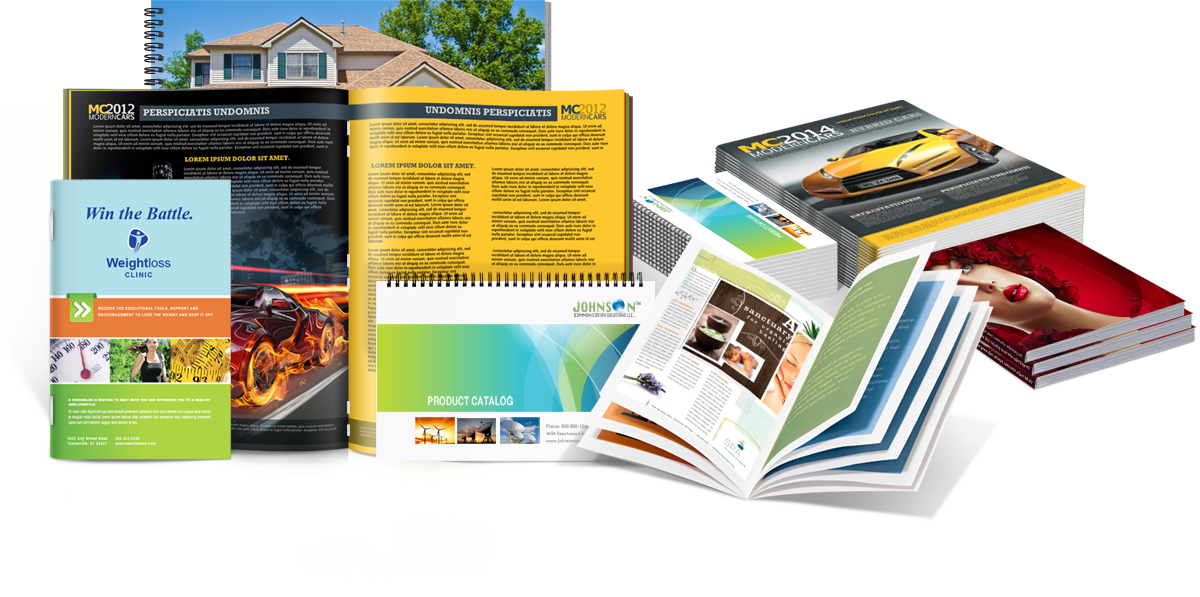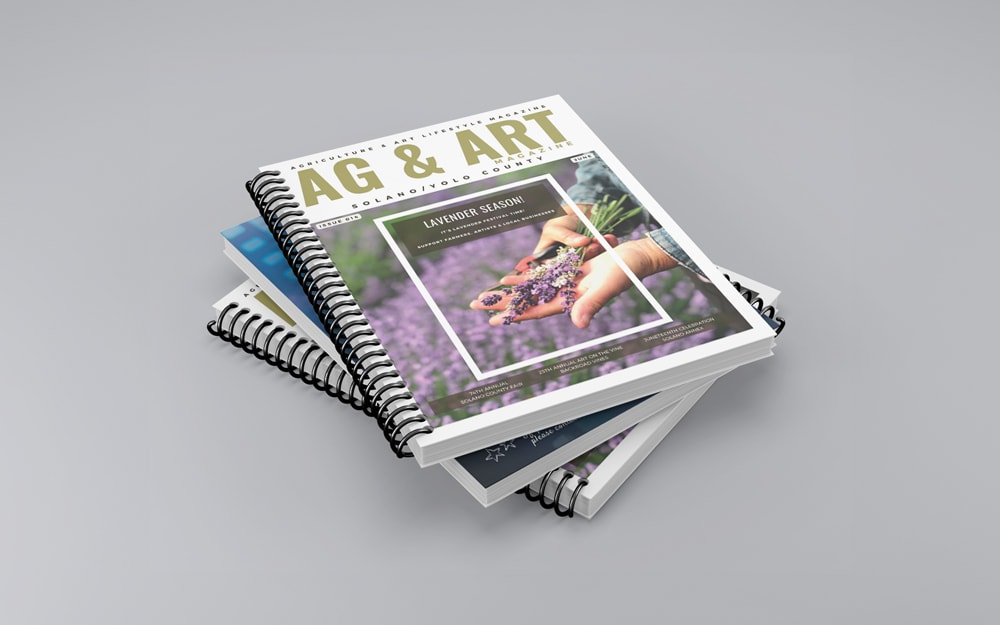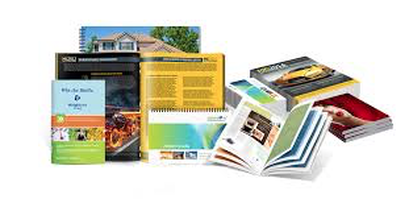Booklet Printing FAQs: Everything You Need to Know Before You Order
Booklet Printing FAQs: Everything You Need to Know Before You Order
Blog Article
The Vital Guide to Understanding Pamphlet Printing Options and Techniques
The procedure of brochure printing involves numerous factors to consider that can significantly impact the last item. From selecting the ideal layout and size to understanding the subtleties of binding techniques, each choice plays a crucial function. Additionally, variables such as paper supply and printing techniques more influence the effectiveness of the brochure. As one navigates these alternatives, it becomes essential to realize exactly how they interconnect and what that indicates for the overall end result.
Comprehending Booklet Dimensions and layouts
When taking into consideration brochure printing, recognizing the various layouts and sizes readily available is vital for attaining the wanted presentation. Pamphlets can be generated in countless formats, consisting of saddle-stitched, spiral-bound, and perfect-bound, each offering distinct advantages. Usual sizes range from standard letter (8.5 x 11 inches) to smaller alternatives like A5 (5.8 x 8.3 inches), enabling versatility based upon content and target audience.Selecting the suitable dimension can affect both the layout and visitor involvement. Larger sizes may match aesthetically driven content, while smaller layouts might be more portable and straightforward. Additionally, the number of web pages influences the selection of binding method, as thicker brochures may need tougher bindings. Inevitably, understanding these aspects enables for a much more customized strategy, ensuring that the final product aligns with the intended message and aesthetic, improving the general efficiency of the communication.
Selecting the Right Paper Supply

Binding Methods: Factors To Consider and options
When it concerns binding techniques for pamphlets, numerous options are available, each with unique benefits. Saddle stitch binding uses a cost-effective service for thinner brochures, while best binding strategies give an even more sleek try to find thicker magazines. Wire-O binding stands out for its longevity and convenience of usage, making it perfect for files that need versatility.
Saddle Stitch Binding
Saddle stitch binding uses a functional and cost-efficient remedy for constructing pamphlets, making it a preferred selection amongst publishers and companies. This binding method includes folding sheets of paper in half and stapling them along the fold line, creating a neat and well organized appearance. Generally suitable for booklets with a reduced page count, saddle stitching is excellent for publications, pamphlets, and training materials. The simpleness of this method enables for quick manufacturing and is commonly favored for brief runs or advertising products. However, it is vital to keep in mind that saddle stitch binding may not be suitable for thicker pamphlets, as the spinal column may not stand up under enhanced weight. On the whole, it stays a dependable alternative for lots of printing projects.
Perfect Binding Strategies
Perfect binding is a widely made use of technique that gives a expert and sleek finish to pamphlets and publications. This technique entails gluing the pages with each other at the spine utilizing a solid adhesive, allowing for a tidy side and the capability to hold a bigger number of pages contrasted to saddle stitching. Perfect binding is especially appropriate for thicker booklets, such as catalogs and yearly records, where a sturdy, flat spinal column is preferred. Additionally, it provides the alternative for a printed cover that can be designed to boost aesthetic appeal. Considerations such as web page matter, paper weight, and the intended use of the brochure need to be taken right into account, as they can affect longevity and overall high quality.
Wire-O Binding Choices
Wire-O binding, understood for its longevity and adaptability, uses a superb alternative for booklets that require easy page turning and an expert appearance. This binding technique utilizes a series of metal loops that hold web pages safely, enabling them to lie flat when open. It is particularly appropriate for presentations, brochures, and handbooks due to its durable nature. Wire-O binding is readily available in numerous shades and sizes, fitting different web page counts and densities. Additionally, it allows the addition of covers and tabs, boosting the pamphlet's general aesthetic. Factors to consider for Wire-O binding consist of the choice of cable color, the dimension of the loops, and the extent of customization wanted, all of which can profoundly affect the final item's look and capability.
Digital vs. Offset Printing: Which Is Best for You?
When choosing a printing method for pamphlets, comprehending the differences in between digital and offset printing is essential. Digital printing makes use of modern innovation to produce top quality prints rapidly and affordably, making it perfect for brief runs or jobs requiring fast turnaround times. It enables customization, giving the ability to print on-demand with very little waste.In contrast, balance out printing is a traditional technique that masters creating large amounts with consistent high quality. It entails transferring ink from a plate to a rubber blanket, after that to the paper, which results in accurate details and dynamic shades. Offset printing generally requires longer configuration times and is a lot more cost-efficient for larger volumes.Ultimately, the selection in between digital and offset printing depends on job demands, budget plan, and wanted amount. For tiny, time-sensitive jobs, electronic may be the most effective choice, while offset may be more suitable for larger, top quality productions.

Designing Your Pamphlet: Tips and Ideal Practices
When making a pamphlet, cautious interest to layout, typeface option, and shade usage can significantly enhance its effectiveness. A well-structured format overviews the reader's eye, while ideal fonts assure readability and communicate the preferred read tone. Furthermore, effective usage of shade can evoke feelings and highlight crucial info, making the overall layout much more impactful.
Choosing the Right Design
How can one effectively pick the best layout for a pamphlet? First, it is necessary to evaluate the pamphlet's function and target market. A clean, arranged layout improves readability and engagement. Using a grid system can aid in straightening aspects consistently, producing a professional look. In addition, including visual power structure through differing dimensions and placements of pictures and text can lead the reader's eye and highlight vital information. It is likewise vital to leave enough white space, which stops congestion and allows for much better emphasis. Lastly, evaluating various formats through mock-ups can offer understanding right into how the style does in real-world circumstances, guaranteeing that the final item fulfills both visual and functional demands.
Picking Appropriate Fonts
A well-chosen font can greatly enhance the overall design of a booklet, complementing the layout and reinforcing the content's message. The selection of typefaces should take into consideration readability, specifically for body message, as it assures the info is obtainable to all viewers. Sans-serif explanation font styles are commonly liked for digital formats, while serif fonts can offer a typical feeling in printed materials. It's advisable to restrict font selections to two or three to maintain aesthetic coherence. Additionally, typeface dimension plays a crucial role; headings should be not frustrating yet unique, while body text need to be comfy for reading. When picking font styles, alignment with the pamphlet's style and target audience is essential for reliable communication and visual charm.
Effective Usage of Color
Shade serves as a powerful device in pamphlet layout, directing and shaping understandings reader emotions. It can stimulate feelings of enjoyment, trust, or calmness, depending upon the tones selected. Designers must take into consideration color theory concepts, making certain that the chosen combination lines up with the pamphlet's message and target market. As an example, utilizing cozy shades like red and orange can develop necessity, while cooler tones like eco-friendly and blue foster tranquility.Additionally, comparison plays a crucial duty; corresponding shades can enhance readability and visual appeal. Uniformity in shade use throughout web pages additionally reinforces brand name identification and communication. Eventually, efficient color implementation not only captures attention but additionally enhances the pamphlet's objective, making it an essential facet of effective style.
Completing Touches: Coatings and Special Effects
While many consider the web content and format of a brochure the most vital elements, the finishing touches, such as layers and unique impacts, play a vital role in enhancing its total appeal. Coatings can give defense and durability, making sure that the booklet withstands damage. Matte coatings provide an innovative, non-reflective surface area, while glossy layers can make colors appear even more dynamic and distinctive. Special results, like embossing or foil marking, add a tactile dimension that can create a remarkable impact. These strategies can highlight specific locations, accentuating essential info or creating aesthetic rate of interest. Furthermore, UV finishing can provide a high-shine coating that elevates the general look.Together, these finishing touches not just boost the brochure's visual but additionally communicate expertise and attention to information, inevitably leaving a long lasting influence on the reader.
Expense Factors To Consider for Booklet Printing
Comprehending the numerous cost factors to consider for pamphlet printing is important for companies and organizations aiming to optimize their budgets. Secret variables influencing costs include the option of binding, paper, and ink approaches. Higher high quality materials, such as superior paper or specialized inks, commonly increase the overall cost. Furthermore, the dimension and web page matter of the pamphlet play a significant role; larger booklets require more resources and time to produce.Another essential consideration is the printing method, whether electronic or offset, as each has its own pricing structure and viability for various amounts. Businesses ought to likewise factor in style expenses, which can vary based on complexity and the use of professional solutions. Inevitably, delivery and handling charges can add to the total amount, specifically for huge orders. By reviewing these components, companies can make educated decisions that align with their financial capabilities while attaining the wanted high quality in their printed materials.
Regularly Asked Concerns
What Are the Environmental Influences of Pamphlet Printing?
The ecological effects of booklet printing consist of logging from paper production, carbon emissions from transportation, and waste generation from discarded materials - Booklet Printing. Sustainable methods, such as using recycled paper and environment-friendly inks, can minimize these impacts
How Can I Make Certain Shade Precision in My Brochure?
To guarantee shade accuracy in a booklet, one need to use calibrated displays, utilize professional shade profiles, perform examination prints, and choose top notch printing services that supply color matching and proofing alternatives for finest results.
What Is the Normal Turnaround Time for Pamphlet Printing?
The common turn-around time for booklet printing differs depending upon the intricacy and quantity - Booklet Printing. Usually, it ranges from a couple of days to two weeks, affected by factors such as publishing methods and completing requirements
Are There Minimum Order Quantities for Pamphlet Printing?

Can I Print Pamphlets in Numerous Languages?
Publishing booklets in multiple languages is possible. Numerous printing services provide choices for multilingual or multilingual formats, enabling reliable interaction. Careful planning guarantees that design elements accommodate various languages without jeopardizing readability or looks. In addition, variables such as paper supply and printing strategies more influence the effectiveness of the pamphlet. When thinking about brochure printing, comprehending the different formats and sizes available is important for achieving the desired discussion. When picking a printing approach for brochures, comprehending the differences in between electronic and balance out printing is important. Additionally, the dimension and web page count of the booklet play a significant duty; larger booklets call for even more resources and time to produce.Another important factor to consider is the printing method, whether digital or countered, as each has its very own prices framework and viability for different amounts. The environmental impacts of pamphlet printing include logging from paper manufacturing, carbon emissions from transport, and waste generation from disposed of materials.
Report this page